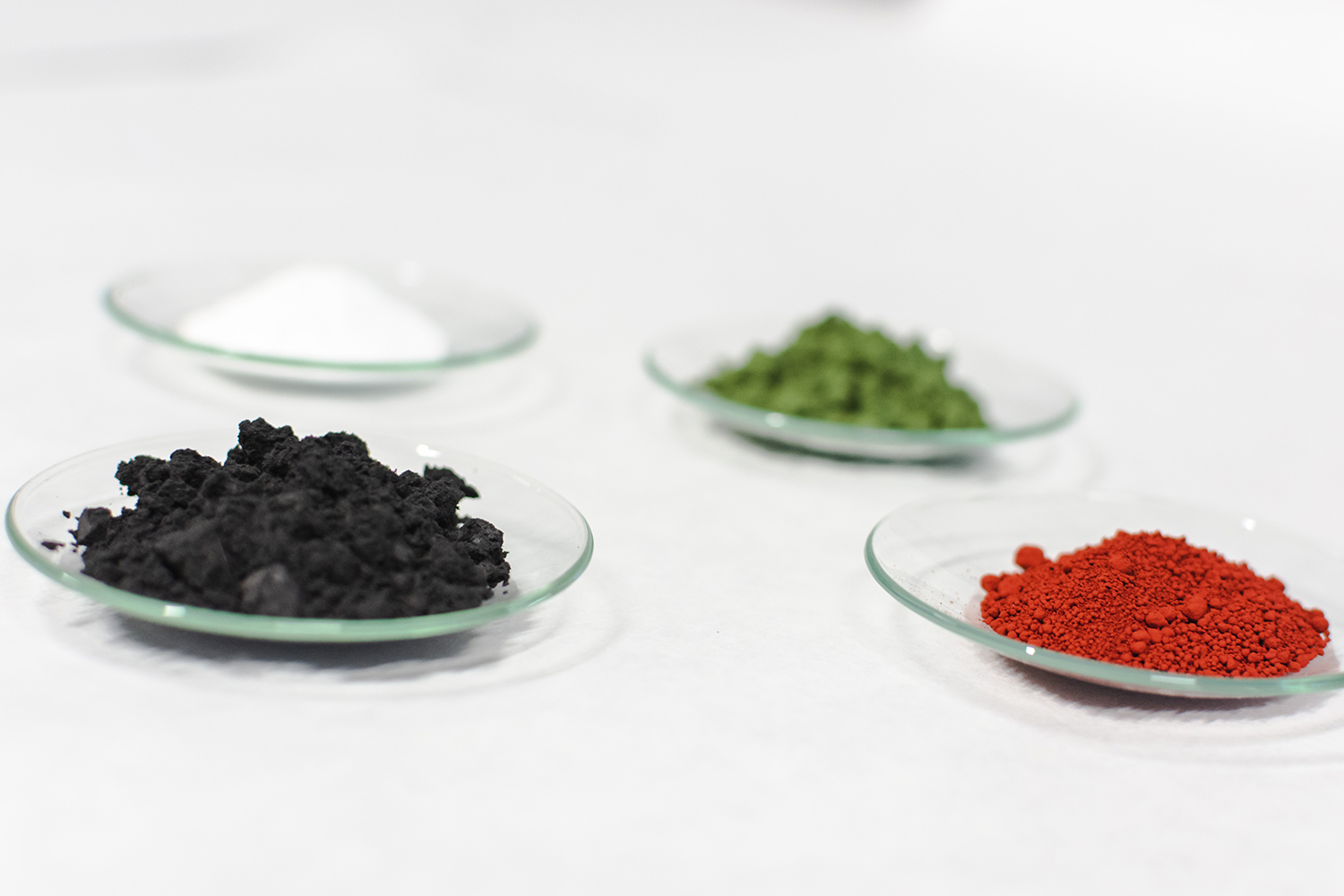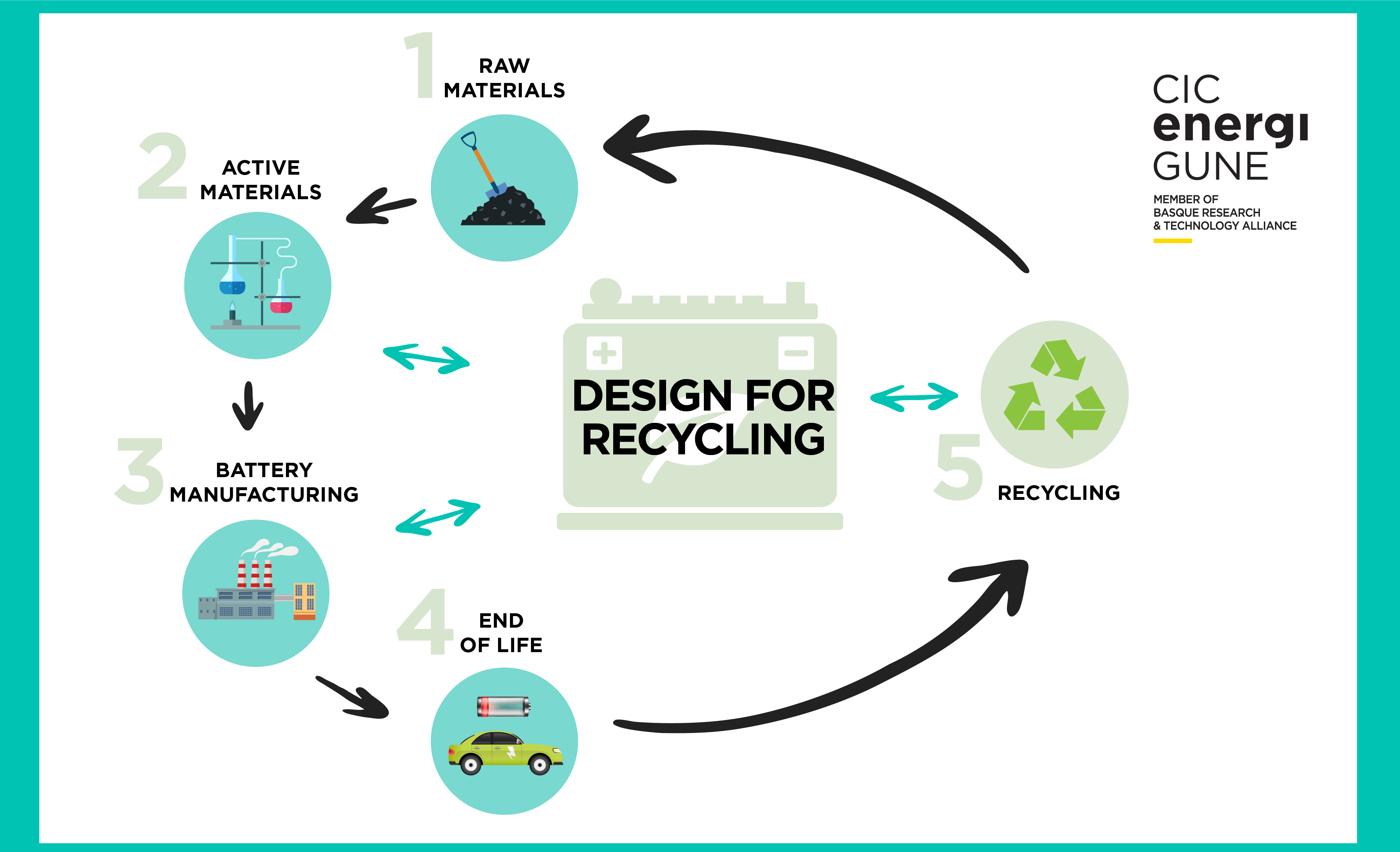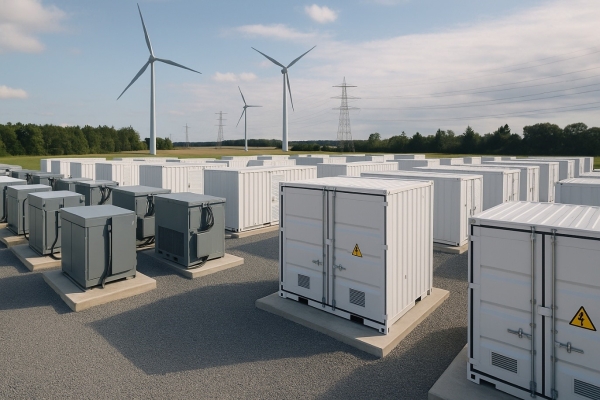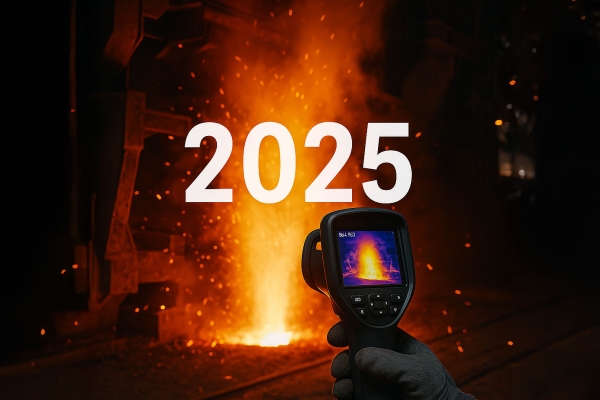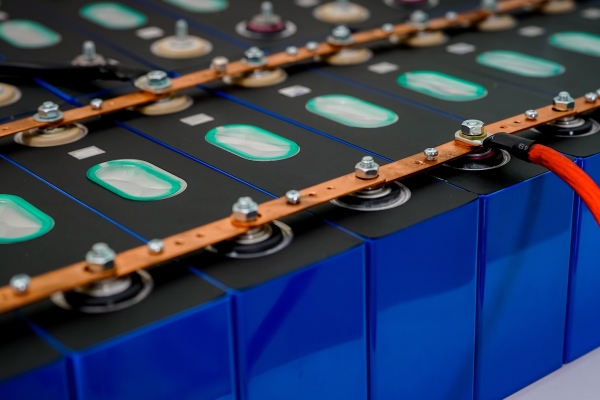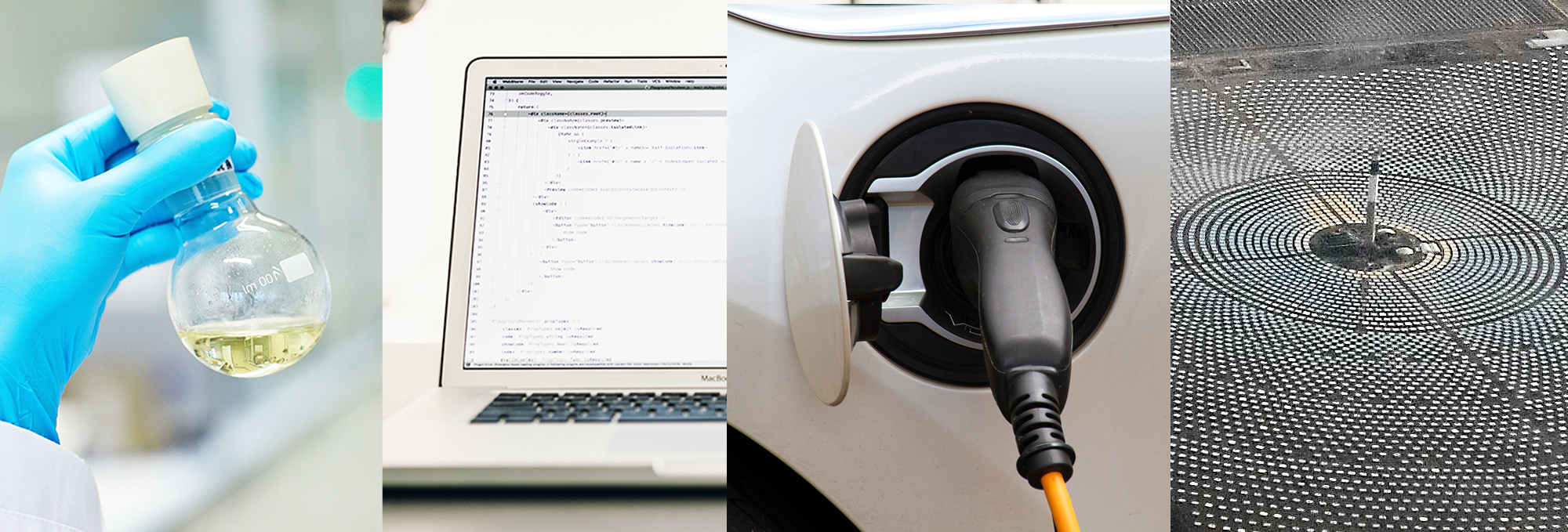Currently, the world is immersed in an electrification process to reduce fossil fuel consumption. This energy transition looks for decarbonization of the world economy, generating electricity through several renewable sources.
In the middle of this new and complex situation, lithium-ion batteries are the chosen energy store solution for electronic devices and electric vehicles. This will mean a substantial increase in the demand for raw materials and the subsequent development of sustainable recycling processes to decrease the impact of the battery manufacturers.
The required raw materials represent a major part of the battery value as well as carbon footprint. The geopolitical risks in the raw materials supply chain of battery fabrication processes can seriously jeopardize the production capability and the economic-financial stability of local manufacturers.
Several efforts have been carried out to design eco-friendly and profitable strategies to reduce the environmental impact of the battery industry. At this point, CIC energiGUNE invests time and efforts in this area, with the aim of creating a competitive and sustainable battery business in our Region.
Furthermore, due to the relevance of recycling on the profitability and sustainability of the battery industry, some companies are commercializing new battery-recycling technologies. The collecting, discharging and dismantling of those spent batteries is the first crucial step in the recycling chain, where logistics of storing, transport costs and energy consumption for disassembly operation must be optimized.
Dismantling spent Li-ion batteries
Spent Li-ion batteries are considered hazardous wastes due to their explosive and corrosive properties and sometimes content of toxic chemicals. Special measures are required in order to handle them during dismantling and crushing operations.
Mechanical liberation of end-of-life (EoL) batteries for exposing all enclosed constituents could make it possible to achieve the highest recovery yield of elements. From an economic and safety point of view, the presence of alkali metals (Li or Na) and organic solvents involves in-depth research of new shredding technologies.
Several studies have focused on safe and cost-effective mechanical pre-treatment and separation during dismantling operations in recent years. The optimization of sorting technologies by battery chemistries or active materials is a challenge for ensuring effective separation of recoverable components.
Innovative solutions are being studied in this field using advanced characterization techniques, artificial intelligence and automatization technologies. This step aims to enhance the separation of black mass from collectors, casing and other components through gravimetric, magnetic, electrostatic and mechanical separators after comminution stage.
After optimization of components separation, the next step might be the most challenging one, which implies the design of advanced metallurgical processes in order to make profitable and sustainable the battery main constituent elements recovery.
Metallurgical recycling processes and industrial integration
The future of battery recycling will aim not only to recover critical valuable metals, but also to treat non-metallic elements (graphite, electrolyte, solvent, salts and polymers). At this point, a high amount of processing options has been researched: thermal pre-treatment (for organic components and electrolyte removal), pyrometallurgical and hydrometallurgical solutions or the combination of all processes.
In accordance with the future European Batteries Directive, the hydrometallurgical route seems to be the most promising alternative for ensuring the raw materials supply chain due to the possibility of recovering the battery chemicals and precursors with the target quality for new active materials fabrication.
In these processes, previously separated black mass stream is fed into the initial leaching stage, which can be categorized as chemical leaching (using mineral acids, organic acids or alkaline solutions as reagents) or bioleaching (where bacteria or microorganism are used).
Different purification and separation alternatives (chemical precipitation, solvent extraction, electrolysis and so on) have been studied with the goal of obtaining battery-grade precursors from leaching liquors. The carbon footprint of battery fabrication is widely reduced if recycled materials could be introduced directly into the active materials synthesis stage. Simultaneously, developing a holistic strategy for EoL batteries recycling, an efficient and structural integration of secondary/primary raw materials into battery production needs to be addressed.
Design for recycling
Developed advanced metallurgical processes suppose a powerful tool in order to detect the limiting actions from design and assembling of battery to increase the recycling yields (effect of separators, binders, casing or electrolyte on recovery). Collected information is crucial for the researchers on active materials and battery design and manufacturing. Therefore, the design for recycling implies materials selection for new battery chemistries and improvements for existing ones and sets their recycling rate.
A recyclability improvement of the new batteries involves a remarkable increase in sustainability and profitability of their recycling processes, enabling a circular economy-based business model. Hence, CIC energiGUNE works on this pathway towards a competitive, sustainable and efficient full battery value chain in European Union.
Author: Néstor Antuñano, associate engineer of the Electrochemical Storage Area of CIC energiGUNE.



